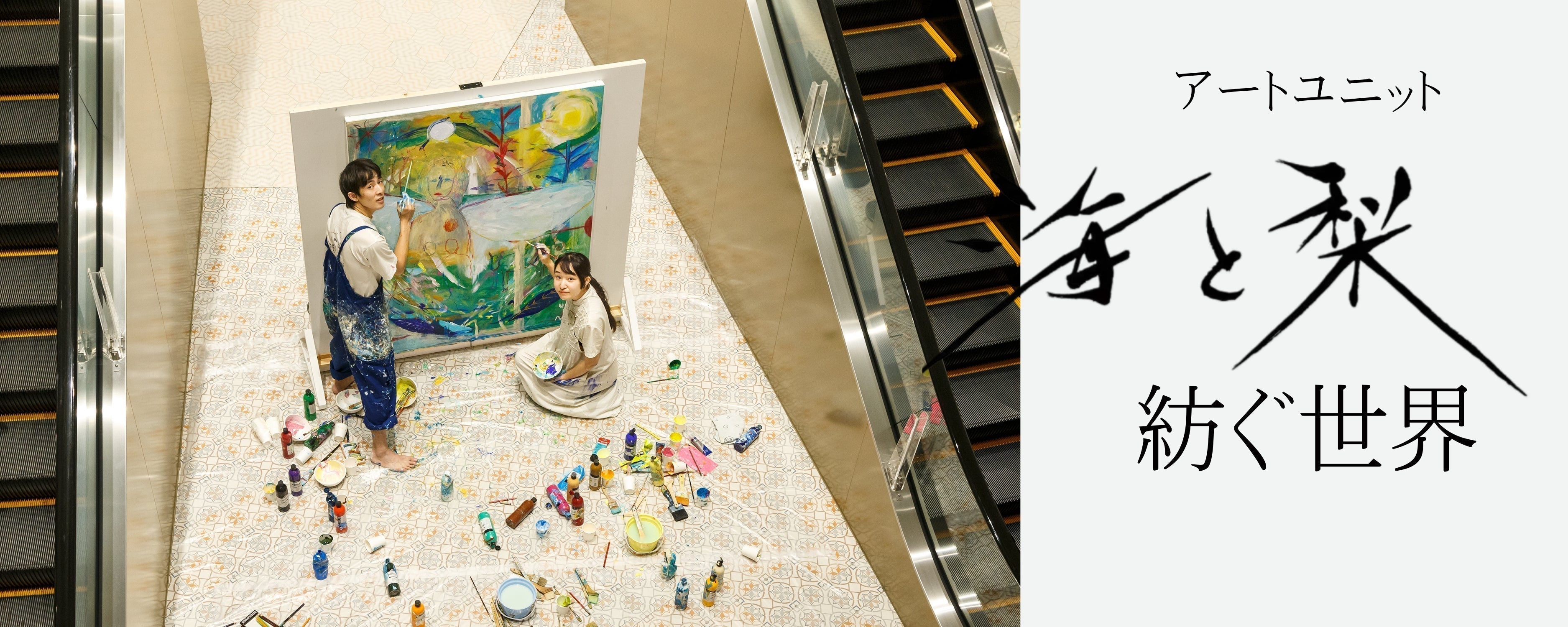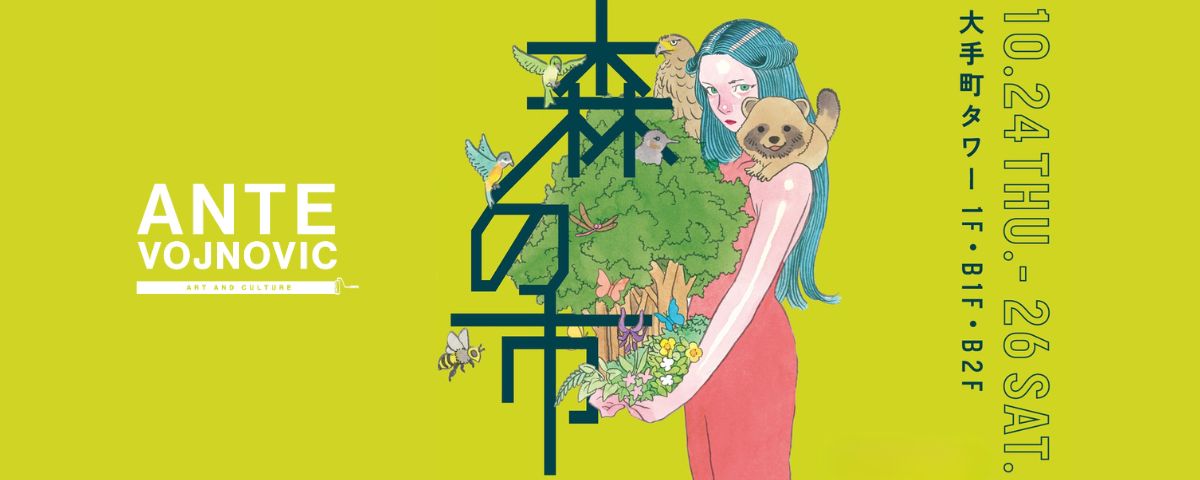Rug catalog
There are countless "tribal rugs" around the world that reflect the history of the land and the lives of the people. The designs on the rugs vividly reflect the rich culture nurtured by the local climate and history , and reveal the weaver's habits and thoughts that cannot be expressed through machine weaving.
Pakistan / Lahore
Known as the "Heart of Pakistan" Lahore is a vibrant city of arts and culture, with a rich history and culture dating back to the Mughal Empire, and a vibrant destination that never ceases to captivate visitors. Once the capital of the Mughal Empire, the city is home to many magnificent and elegant Islamic buildings, whose intricate and elegant designs have nurtured the aesthetic sense of the people who live here.
When the artisans of Lahore, a city rich in cultural soil, encountered the powerful designs of the nomadic peoples of Central Asia, a new chapter in the history of carpets began. They faithfully inherited the traditional geometric and symbolic patterns of Turkmen carpets, while also infusing them with the refined sensibility and outstanding techniques that are unique to Lahore.
The appeal of Lahore rugs is their wide variety of colors, which is not seen in tribal rugs . Most of them are thin but tightly woven, making them lightweight yet durable and easy to handle.
Around Afghanistan / Baloch
The vast Balochistan region, which straddles Afghanistan, Pakistan, and Iran, is home to a deep, strong, and beautiful culture and an indomitable spirit, nurtured by thousands of years of history.
The Baloch people live in a harsh environment of vast arid lands and desolate mountains. They value their unique language and culture, as well as the strong ties of their tribal community, above all else.
They are called the Baluchi people, but they are also called the Baloch people, and are sometimes called the Balochi. They are originally a migratory nomadic people who live across northwestern Afghanistan, eastern Iran, and Pakistan . Handwoven carpets and kilims are a cultural language shared throughout the region. Woven into each piece are tribal emblems, scenes from daily life, and the joys and prayers of the makers. They quietly speak of the spiritual bond between people that cannot be divided by political boundaries.
Being a nomadic tribe originally, the Baluchi people have a great deal of freedom in the weaving, design and use of colours in carpets and kilims, and their sense of colour using multiple colours is one of their charms. Nowadays, there are groups that prefer to settle down, and even though they are all called Baluchi, the differences in weaving, colour use and design depending on the area are another way to enjoy Baluchi rugs.
Afghanistan / Turkmenistan
The Turkmen people began as a nomadic tribe centered in the area of present-day Turkmenistan, but gradually expanded their range and now live in northeastern Iran, northwestern Afghanistan, and in very small numbers in Pakistan. Even as they put down roots in their new land, they continued to carry the memories and traditions of their homeland into every aspect of their lives. For the Turkmen people, carpet weaving is not just a livelihood; it is a culture in itself that proves their roots and must be passed on to the next generation.
Originally a very strict tribe, composed mainly of several groups within the tribe, they produced carpets with motifs similar to family crests called gul, which has led to them being the subject of research at the Carpet Department of Oxford University in the UK.They are particularly highly regarded in Europe, and are highly regarded as a cultural heritage, with many of them being put up for auction at Sotheby's and other auctions.
This is a Khojaroshnai woven by the Turkmen people (characterized by its deep red color, which is achieved through natural plant dyes). Made with high-quality wool and meticulously crafted by skilled weavers, Khojaroshnai are now so rare that only a few dozen are shipped each year.
Pride woven on the soil of Afghanistan
Turkmen carpets woven in Afghanistan have developed in their own way by using an abundance of high-quality, lustrous wool from Afghan sheep while preserving traditional designs. Their intricate and sturdy weave tells of their history as necessities for nomadic life, and they are a wonderful blend of practicality and artistry.
Despite facing numerous difficulties such as conflict and political instability, the Afghan Turkmen people have stubbornly preserved the techniques and culture of carpet weaving. For them, weaving a carpet is not only a way to support their families, but also an act of demonstrating their pride as a nation to the world.
Woven into this single red carpet are memories of the wind blowing across the Central Asian steppes and the quiet, passionate feelings of the people who live with strong roots in the soil of Afghanistan. We hope you will feel their magnificent story within the texture and deep colors of the carpet.
Afghanistan Mini Lug - CHOBI -
This handwoven tribal rug is a mini size that can be used for any occasion. It was woven by the Turkmen people between 2010 and 2020 and is a Chobi rug. Chobi means "vegetation" in the Turkmen language.
In fact, there are very few modern carpets that are 100% naturally dyed, and many of them use synthetic dyes along with dyes from plants, fruits, insects, etc.
Meanwhile, this Chobi rug is woven by Turkmenists with a focus on 100% natural dyeing.
The designs are very different from the traditional ones made by the Turkmen people in terms of both coloring and patterns, and the items give off a soft and warm impression with a very high degree of freedom.














